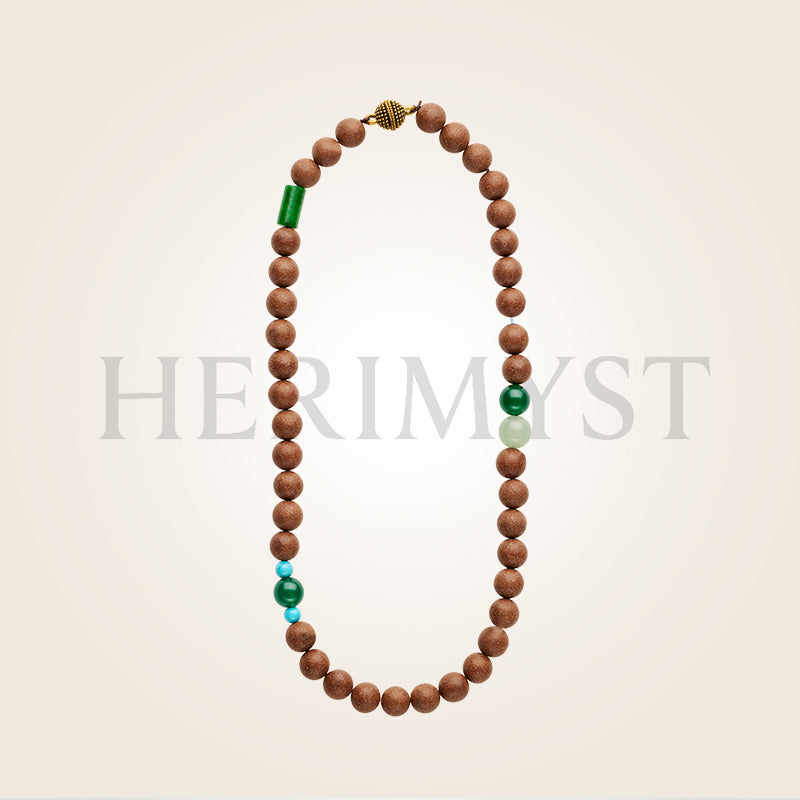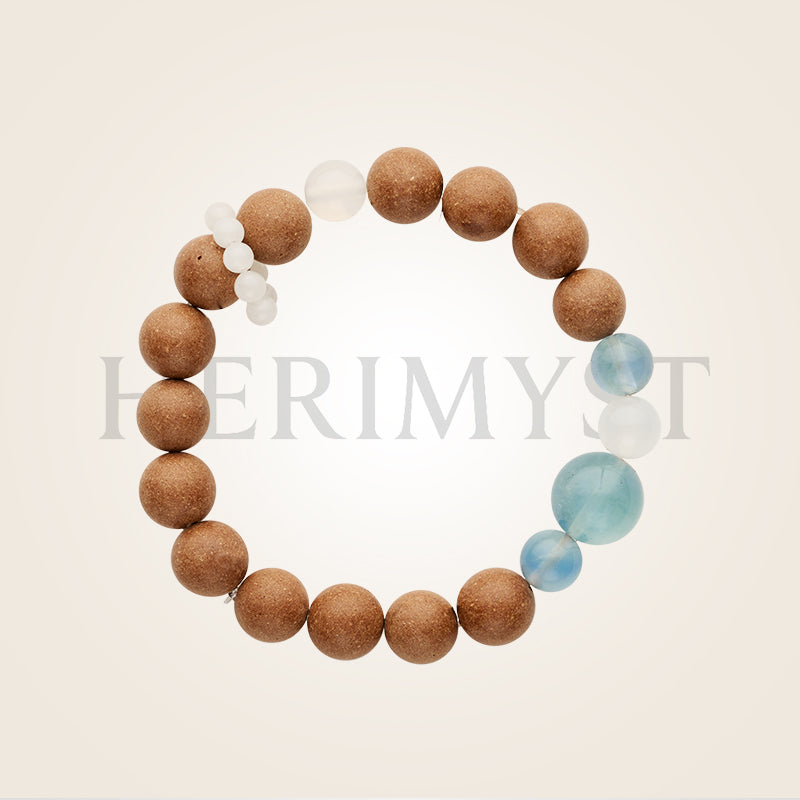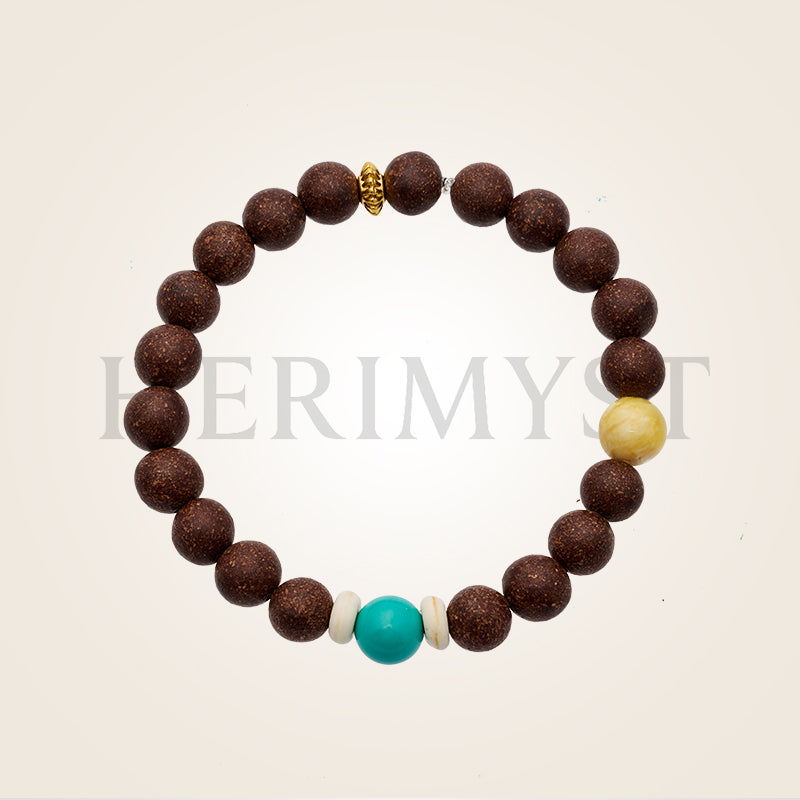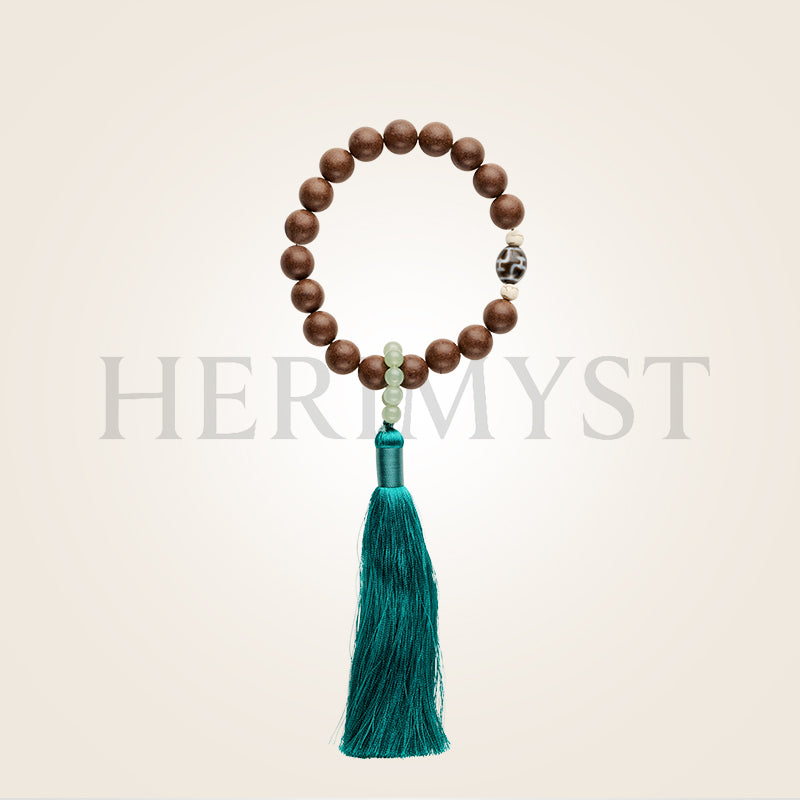Long before “aromatherapy” became a wellness buzzword, ancient Chinese artisans were handcrafting incense with powerful therapeutic intent.
From 1600 BCE to the present day, incense has been more than a fragrance in China—it’s a symbol of balance, healing, and ritual.
Unlike modern incense or candles made with synthetic oils, Chinese incense followed a philosophy rooted in medicine, cosmology, and mindful preparation.
1. A Formula of Harmony: The Jun–Chen–Zuo–Shi Principle
Chinese incense crafting follows the same formulation logic used in Traditional Chinese Medicine (TCM), known as:
Jun (Chief) – 主药
Chen (Deputy) – 辅药
Zuo (Assistant) – 协助
Shi (Envoy) – 引导
Each component in a formula plays a specific role:
- Jun (Chief): The dominant aroma or healing function, e.g., agarwood or sandalwood
- Chen (Deputy): Supports or complements the chief, like frankincense or clove
- Zuo (Assistant): Modifies harshness or adjusts energetic nature
- Shi (Envoy): Harmonizes the blend and guides the scent to specific body channels
This structure ensures balance—not just in scent, but in body–mind equilibrium.
2. Craft Over Speed: The Art of Incense Processing
Ancient incense making required extensive time and technique to ensure efficacy and refinement.
Key steps include:
- Roasting and curing certain herbs to reduce fire toxicity
- Aging resins and woods (like agarwood) for deeper, smoother aroma
- Fine grinding by stone or bronze mortar to achieve ultra-fine powder
- Manual blending by hand or using silk sieves to maintain purity
Unlike wax-based incense or essential oil candles, there is no burning additive.
The result: minimal smoke, no soot, and a pure scent that lingers in fabric and skin—just as in ancient courts and monasteries.



3. Fragrance with Function: Why Ancient Formulas Matter Today
Traditional incense was never created just to “smell nice.”
It was designed for mental clarity, emotional grounding, and energetic alignment.
Modern applications include:
- Morning reset: Wake up with a calming blend of sandalwood and clove
- Mid-day focus: A Jun–Chen–Zuo–Shi formula with frankincense and patchouli to center your mind
- Evening unwind: Gentle herbal incenses with calming assistants like ambergris and rose
Herimyst restores these lost rituals—not as a trend, but as a healing heritage.
4. Why We Don’t Burn Just Anything
Mass-produced incense today often includes:
- Synthetic fragrance oils that overpower the senses but offer no therapeutic value
- Chemical binders or dyes that can be irritants when inhaled
- Fast-burning fillers designed to produce visible smoke quickly

One clear sign of such additives? Bright, colorful incense sticks.
These often get their hues from artificial coloring agents, added for visual appeal but completely unnecessary—and sometimes harmful—for the body.
They may smell loud and look vibrant, but they lack depth, purpose, and soul.
At Herimyst, we use:
- Only natural botanicals, resins, and woods
- Formulas based on classical Chinese incense texts
- Crafted in small batches, aged properly, and blended for specific purposes
This is the revival of true incense—not a product, but a ritual for restoration.
🔥 Rediscover a time when fragrance wasn’t cosmetic—it was medicine, mindfulness, and mysticism.
Herimyst brings the quiet power of ancient incense formulas into your modern rituals.




